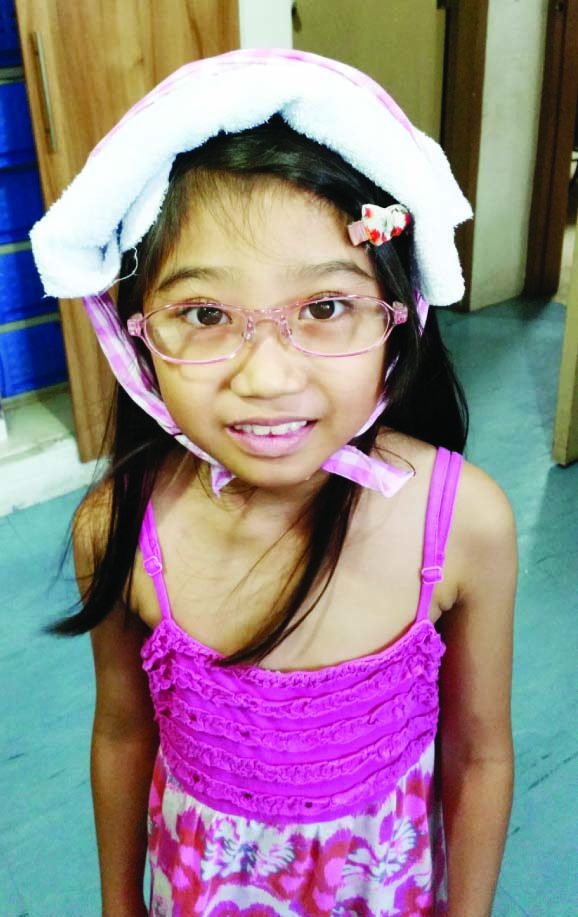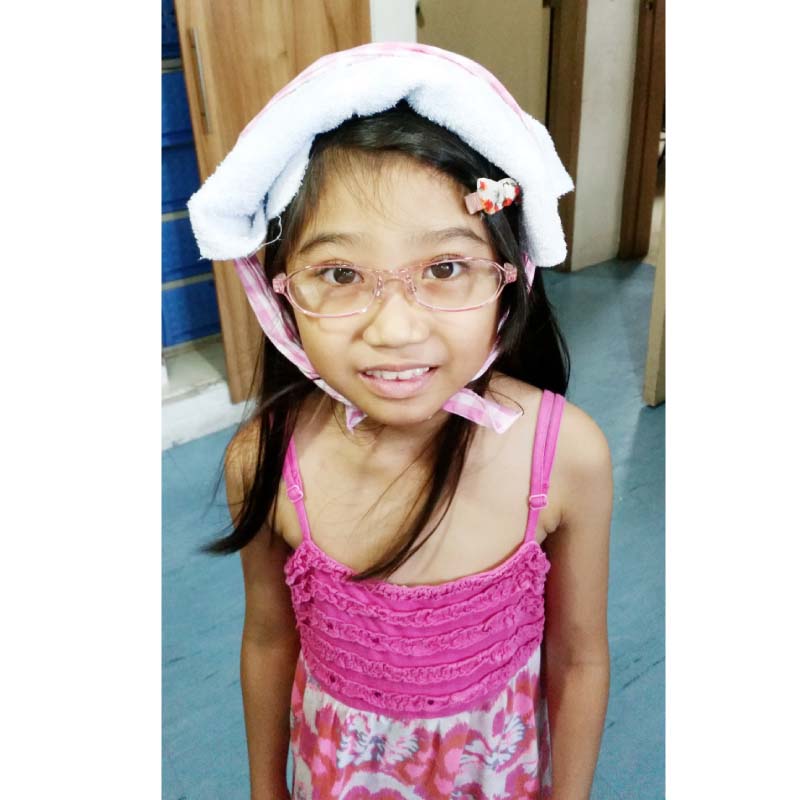
Visits to the doctor are inevitable. People get sick, like it or not. It is always a relief when one realizes that waiting for the doctor will not take long. But how wonderful would it be if doctors or their hospitals and clinics can offer and manage appointments to cut waiting times for their patients.
In my family, coughs, colds and fevers always seem to go around. One child gets sick, then another, and then it’s the turn of us parents. Sometimes, the illness returns, and we experience a second round of being sick.
We try to deal with illnesses at home by using sponge baths and simple medication to deal with common issues, but when the two girls are sick, my time seems to be at a standstill. Even now when they are older – at 12 and 10 – and can take their own medicine, including for allergies and headaches, I still feel stressed and tired. No wonder I am the one who often gets sick after them.
We have taught the girls how to take care of themselves. When in school, they know that they must inform the nurse of the dosages prescribed by their pediatrician, as well as how to open nebules and operate their nebulizers by themselves. This helps to ease my daily burden because I know they can deal with their common complaints on their own.
But when they are suffering from fever, they seem to revert back to being babies. I stay up most of the night to give them sponge baths, and I try to avoid giving them medicine if their fevers can be lowered by sponging them off. After all, fevers can become serious, as their body temperatures rise to fight off the virus.
Only the body’s own immune system can cure flu, and our job as parents is to help their bodies do the work. But we must make sure that the fever does not raise their body temperature too high and cause the brain to overheat.
I explained this to both my girls when they always complained about being damp when I sponge them off, and I also place bags of ice on their heads to prevent seizures.
Achi suffered from another fever in mid-October and stayed home for two days, but my husband said it did not look like she had a fever, as she was still messing around at home and could do all her chores, such as washing dishes, sweeping the floor, cleaning up the dining table of all their mess, and even cleaning her room. Oh wait, she cleaned her room, she really is sick!
One time, in between bouts of illnesses, my children and I visited the doctor. On our first visit, we left their school at 5 p.m. and got back home at 6 p.m. I searched online for Quezon City hospitals with a pediatrician still on duty after 6 p.m. This was, by far, the most painless doctor’s visit we had ever experienced.
We are all accustomed to visiting the doctor on a first-come-first-served basis with a nurse or receptionist keeping track of patients, but I still do not understand why the majority of doctors in the Philippines are allergic to appointments.
This hospital worked pretty much the same way, except that the reception area is centralized and staffed by three people who record patients’ details in a computer. Doctors’ clinics are just cubicles with numbers and no names outside, and doctors go on duty on their allotted time slots. If we preferred a particular doctor, we would have to return when the doctor is on duty.
I was happy to have found a pediatrician whose allotted clinic hours are between 5 p.m. and 7 p.m. We arrived at 6:30 p.m. and there were no patients ahead of us, so we immediately went in and were done in half an hour.
A week later, when Achi needed to see a doctor after school, I hoped to kill two birds with one stone, so we went to a clinic located in a mall near our house so we could shop for dinner afterward. I was feeling quite sick myself and the convenience appealed to me.
Big mistake!
The number of patients waiting for the pediatrician was minimal and Achi was fifth in line, but the line for the general practitioner for my sore throat and cough was unending, I was 39th. Nope, we did our groceries and planned to visit our hospital another day.
Come early Saturday morning, I checked the hospital’s website for the doctors’ schedules, which is another plus point. I looked for a pediatrician and a pulmonologist whose clinic hours are close together, and I called the hospital to ask if the pediatrician and pulmonologist scheduled for Saturday morning were going to be on duty. In our previous visit, I was advised to always call first, because doctors may skip their scheduled clinic hours if they are dealing with an emergency patient.
Lo and behold! Both doctors scheduled for 10 a.m. duty arrived on time. Why was I so surprised? Why is this not the norm?
Another advantage of a centralized reception area is that I can schedule my own visit at the same time as the girls. In the past, in other hospitals, I would schedule their visits and my visit close together, but I still had to call my doctor’s clinic to ask about the waiting line or if the doctor was there or not. I was constantly worried that my children would not finish their appointments before I had to go to mine. I avoided this scenario as much as possible because it was quite stressful.
However, under this new hospital system, the nurses knew when my daughter was in Room 12 for the pediatrician and when we were still there. When it was my turn to see the pulmonologist, the nurse asked me if she could let another patient go first, but as soon as my daughter was finished, I would be next in line. I was told when my daughter was done so she could bring my medical file to the doctor. How efficient.
This is the same system I encountered in the United States when I lived there almost 20 years ago. Medical records are centralized so any doctor can read your medical history and go from there. When a patient’s regular doctor is not available, there are always others who can fill in.
This new hospital is clearly very efficient, but what I would like them to also do is to implement an appointment system. Sometimes, neither Achi nor myself were first in line, so we had to wait. As always, I brought along some of my students’ papers to grade and Achi brought her homework. If we were able to make appointments, we would not have to wait for such a long time and do work while waiting.
An appointment system will also help many mothers bring in their sick toddlers who need to be constantly watched. For very busy parents, such as myself, booking an appointment with the doctor could save a lot of time.
Some doctors explain that they do not offer appointments because their patients do not keep to them. However, there are doctors who do and their patients appreciate this. If a patient is late or does not show up, the patient next on the appointment list jumps ahead on the queue.
One of my friends swears by her children’s pediatrician because she offers appointments, and most of the time her patients arrive on time. Visiting the doctor is made much easier and waiting rooms become less congested.
This is simple time management and is not hard to do, and more doctors are beginning to do this.
Physicians are professionals. However, they should remember the fact that healthcare is a service industry and they make their living by offering their services to patients.
Time management for both healthcare providers and clients, in this case, doctors and patients, is becoming increasingly necessary as our lives become busier. Patients make the time to travel to their doctors and wait patiently for their turn. By offering and managing appointments, practitioners reciprocate the respect shown by their patients.
